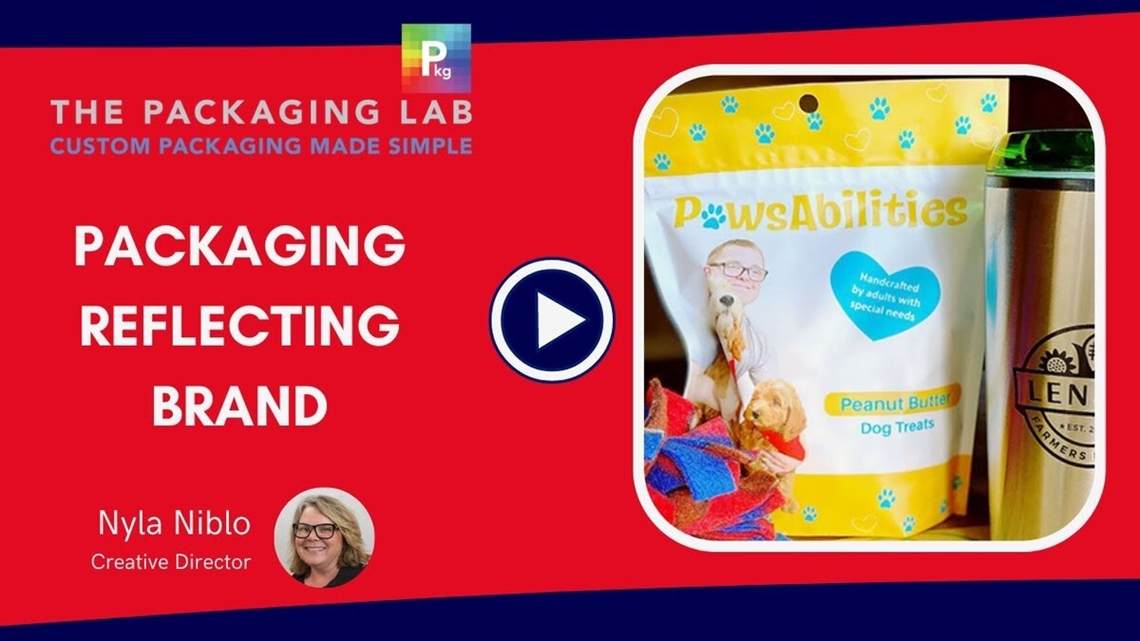How Do You Create Food Packaging That Reflects Your Brand?
02 August 2024
Have you ever wondered why some products seem to leap off the shelves, drawing your attention with their unique and compelling packaging? The secret lies in how well the packaging reflects the brand. Effective food packaging does more than just hold a product; it tells a story, represents values, and connects with consumers on a deeper level. This post will explore how you can create food packaging that genuinely reflects your brand and resonates with your target audience.
How to Create Food Packaging That Reflects Your Brand
Know Your Brand
Before you can create food packaging that reflects your brand, you need a deep understanding of what your brand stands for. Your brand is more than just a logo or a name; it's the embodiment of your values, mission, and the experience you promise to your customers. Ask yourself:
- What is the core message of my brand?
- What values are most important to my brand?
- How do I want my customers to feel when they interact with my product?
Understanding these elements is crucial because your packaging is an extension of your brand. It's what consumers will see, touch, and connect with before they even try your product. Therefore, your packaging should encapsulate everything your brand stands for.
Show Your Brand
Once you've identified your brand's essence, it's time to translate that into your packaging. This involves both visual and textual elements. Your packaging should tell your brand's story in a way that aligns with your values and appeals to your target audience.
Visual Elements
Consider the colors, fonts, and images that best represent your brand. If your brand is eco-friendly, you might choose earthy tones and recycled materials. If your brand is luxurious, you might opt for sleek designs and metallic accents. The visual elements of your packaging should be consistent with your overall brand aesthetic.
Textual Elements
The text on your packaging is another critical component. This includes the product name, brand tagline, and any other information that communicates your brand's story and values. For example, if your brand emphasizes health and wellness, include information about the nutritional benefits of your product. Make sure the language you use is consistent with your brand's voice—whether that's casual and friendly or formal and authoritative.
Research and Inspiration
Before finalizing your packaging design, it's important to research what your competitors are doing. This doesn't mean copying their ideas, but understanding the current market trends and identifying gaps where your brand can stand out. Visit stores, browse online, and analyze the packaging of similar products. Look at the elements that catch your eye and think about how you can adapt and improve upon them for your own brand.
Stand Out in the Market
Standing out in a crowded market is essential. If you're selling dog treats, for instance, and there are a hundred other brands on the shelf, think about what makes your product unique. Perhaps you use locally sourced ingredients, or maybe your treats are specially formulated for dogs with allergies. Whatever your unique selling point is, make sure it's highlighted in your packaging.
Practical Considerations
While aesthetics and storytelling are important, don't forget the practical aspects of packaging. Your packaging needs to protect your product, be easy to store and use, and comply with all relevant regulations. Work with packaging designers and manufacturers to ensure that your packaging is not only beautiful but also functional and compliant.
Consistency Across All Platforms
Your packaging should be consistent with the rest of your brand's visual identity. This means it should align with your website, social media, and any other marketing materials. Consistency helps to reinforce your brand in the minds of consumers and creates a cohesive experience across all touchpoints.
Conclusion
Creating food packaging that reflects your brand is a multifaceted process that involves understanding your brand, translating that into visual and textual elements, conducting thorough research, and ensuring practical functionality. By focusing on these aspects, you can create packaging that not only stands out on the shelves but also connects with consumers on a deeper level, building brand loyalty and driving sales. If you need assistance with creating food packaging that reflects your brand, please don't hesitate to contact The Packaging Lab today. We are here to help you bring your brand's story to life through exceptional packaging.
